You might also be interested in this
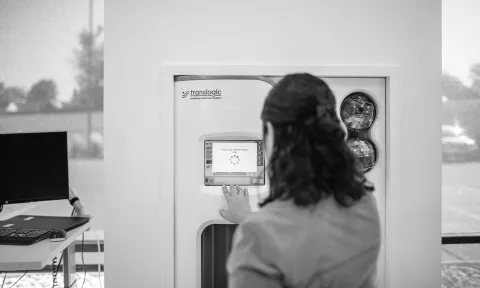
Customer Pledge
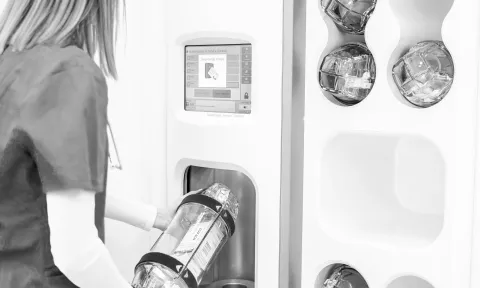
Superior Transport Automation
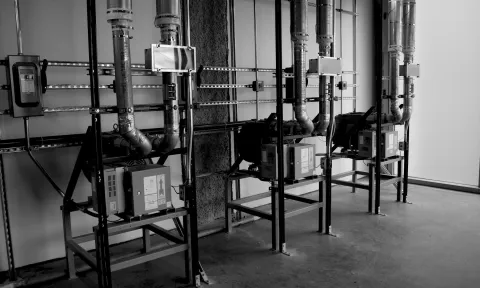
Pneumatic Tube System Components
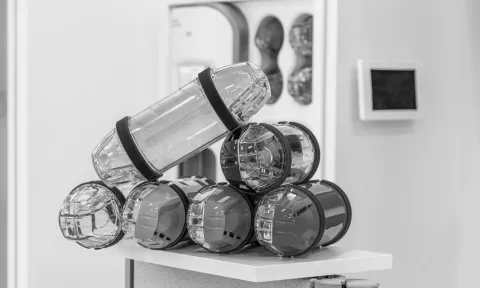
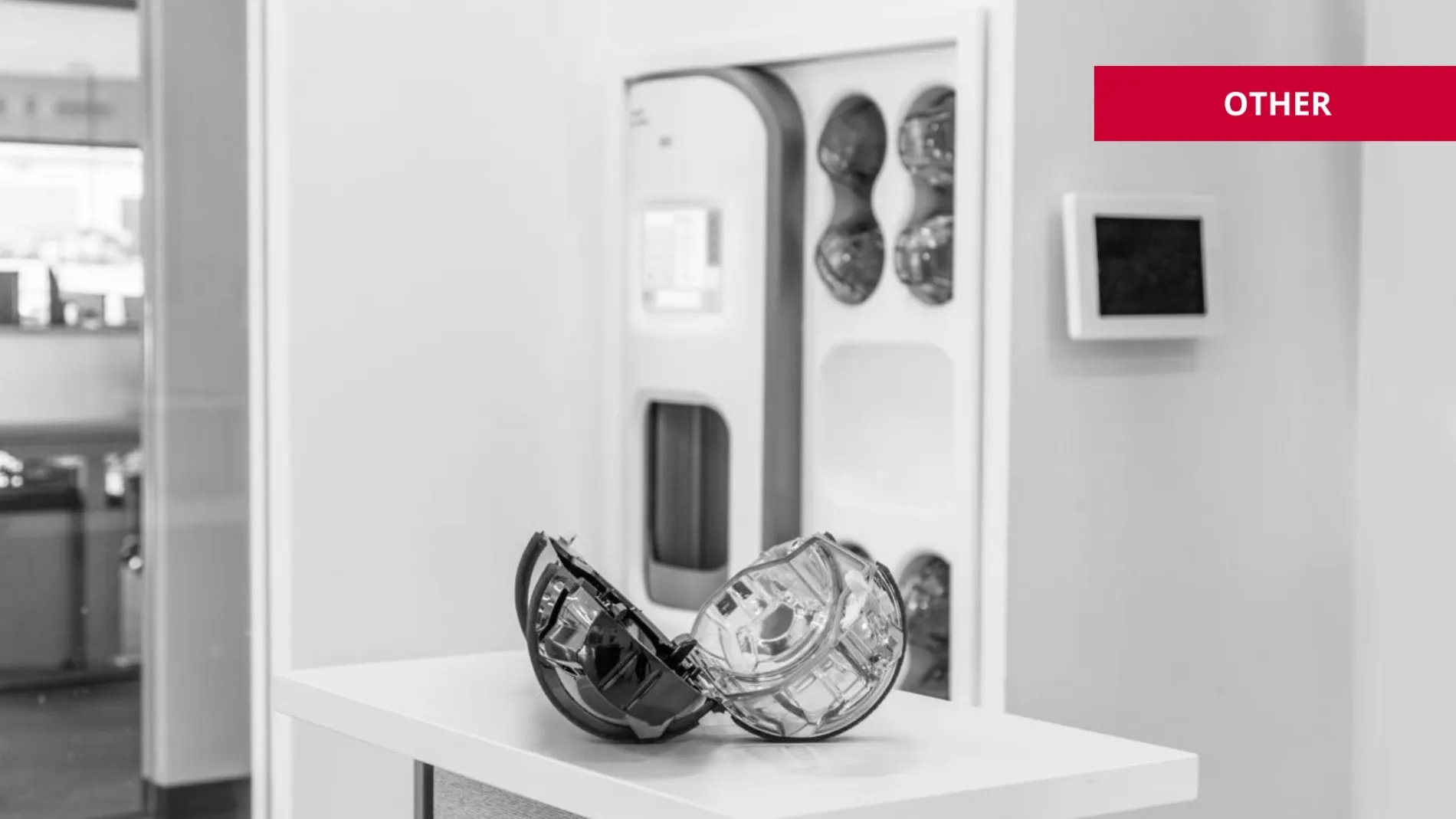
Not All Items Are Suited For Tube System Transport
11/30/2023
Joel Loiseau
When was the last time you found a peanut butter and jelly sandwich in your pneumatic tube system carrier? Hopefully never, although you may be surprised at some of the unusual, and inappropriate, items that have been sent soaring through hospital tube systems since they were invented before the turn of the century.
Much has changed in hospital material transport since then, not only in the engineering of pneumatic tube systems but also in the safeguards used to prevent improper use of the carriers.
Still, there are reports of all kinds of odd items being sent through tube system carriers, many of which can result in a biological hazard threat. In all our years of maintaining pneumatic tube systems, here are a few of the peculiar things we’ve heard were sent, often unsuccessfully, through the tube system. Imagine opening your carrier to find:
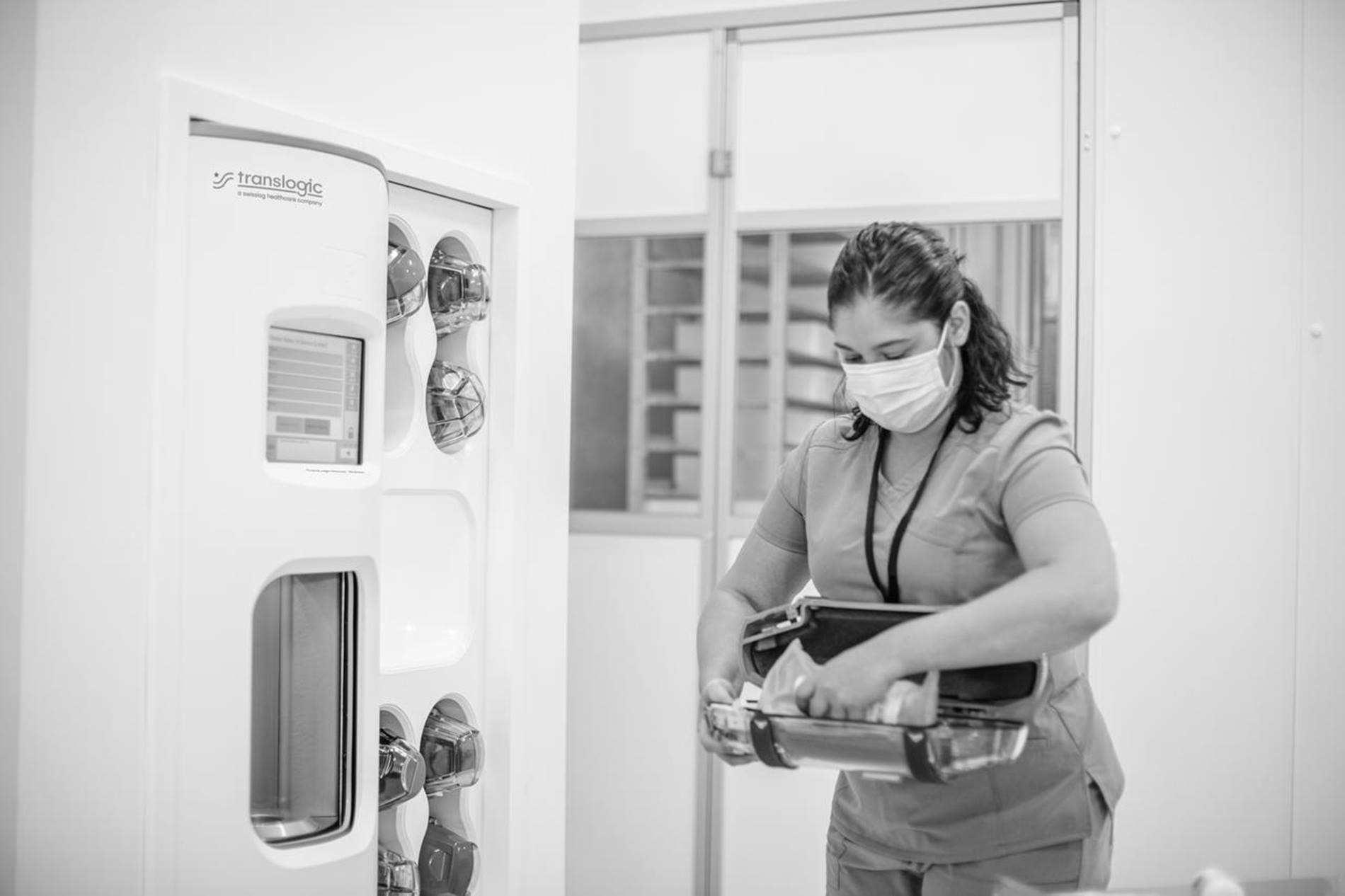
While a few of these may seem funny or harmless, they compromise critical hospital infrastructure. When an unauthorized or improperly packaged substance is sent through a pneumatic tube system, the results can be not only a biological hazard, but can affect patient care.
Unsecured bottles or vials are easily broken and their contents leaked. A leak occurring during carrier transmission impacts every inch of the tube network traveled. After the magnitude of the spill has been determined a technician must send a special cleanout carrier from station to station until all affected segments of the system have been cleaned. It is a multi step process that requires time, patience and skill to complete.
During the clean-out process, the pneumatic tube system is rendered inactive until it has been restored to meet best practices standards. This can take hours or days, depending on the availability of someone trained to clean the tubes.
This doesn’t mean the need for hospital material transport stops. Until the hospital’s tube system is approved for transport, materials will need to be walked through the hospital complex by employees who must also complete their original tasks. The time spent can quickly add up to hundreds of hours and thousands of dollars wasted on non-patient facing activities.
There are a few things management can do to help ensure that their pneumatic tube systems are not shut down due to ill informed actions or employees that aren’t familiar with the physics behind tube system transport.
Hospital tube systems play a critical role in the efficient transfer of medications and specimens throughout the hospital. When used properly they save time and money, enabling a higher level of patient care. Adopting a strategic approach, supported by regular training and accountability measures, will help ensure that the tube system continues to work safely and effectively for your hospital.




Contact our knowledgeable specialists to discover how our range of automation solutions can boost efficiency, reduce costs and enhance care at your healthcare facility.
Contact us